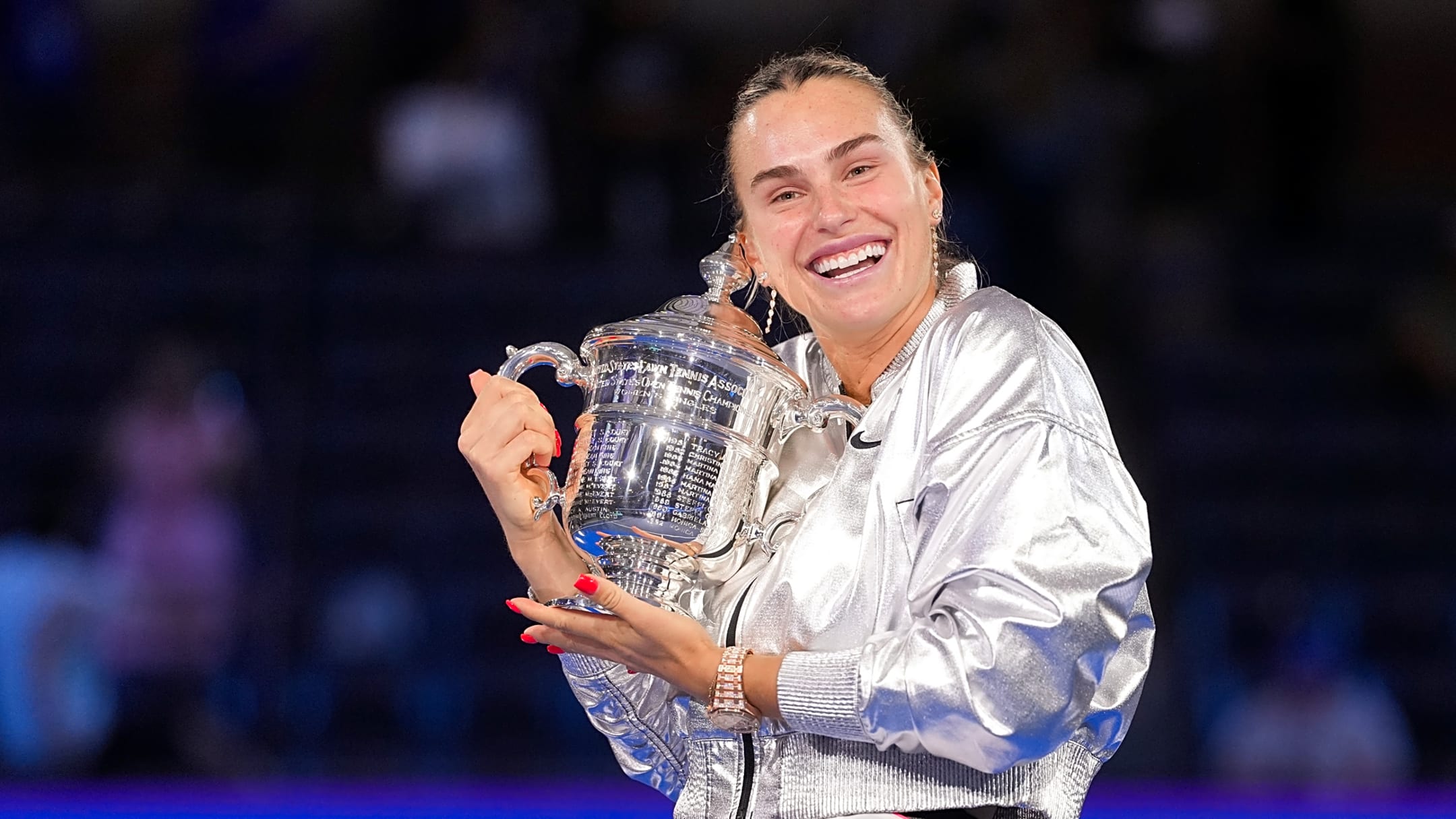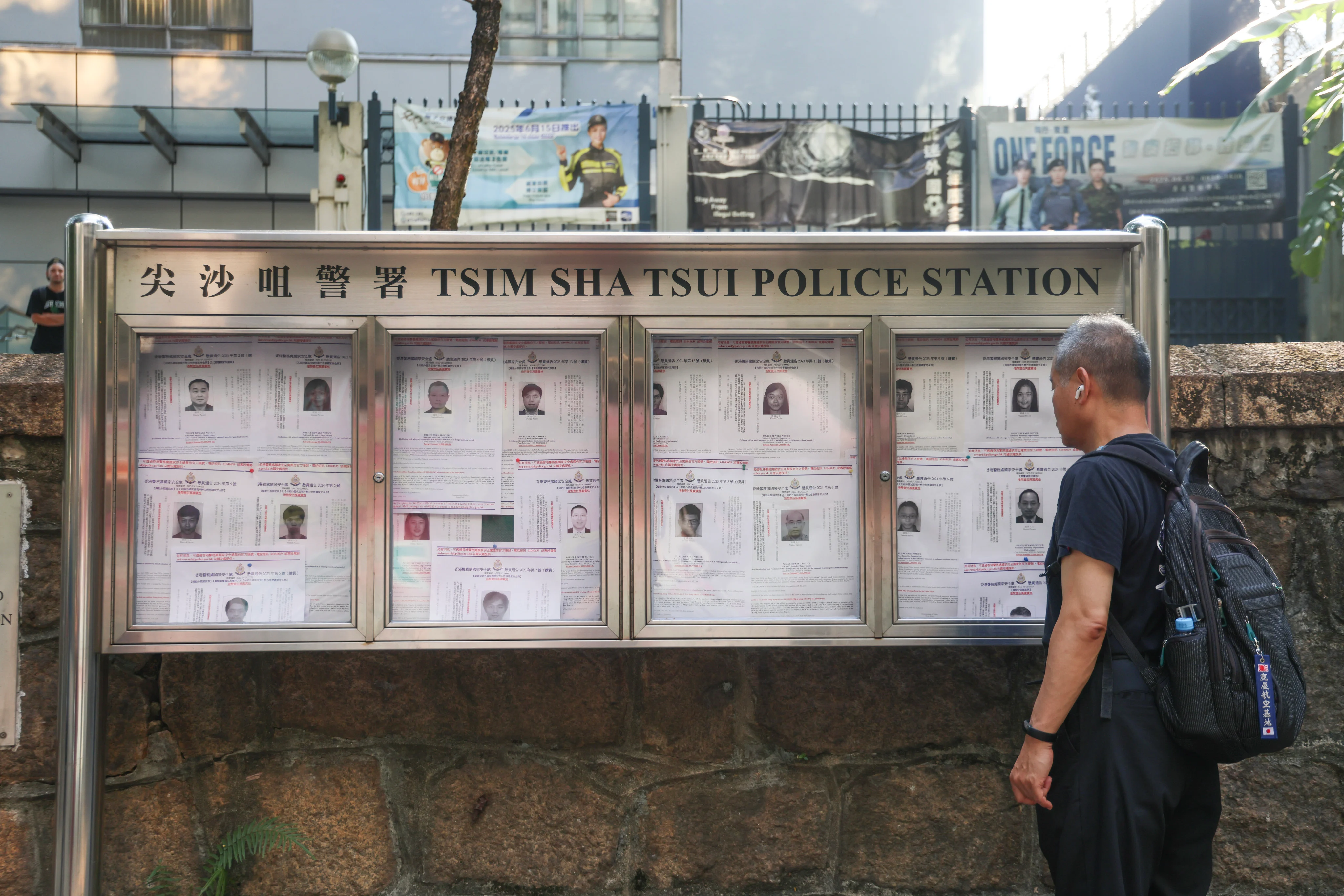How disputed WTA rule will implement Aryna Sabalenka and Iga Swiatek as they battle for the number one ranking
By TennisUpToDate.com
Copyright yardbarker

Aryna Sabalenka and Iga Swiatek are currently the dominant forces in the women’s game. They go into the Asian swing clashing for the number one position, with this being possibly marred by a controversial rule implimented by the WTA.
The duo have once again stood out from the chasing pack. Swiatek started the season rather sluggishly by her impossibly high standards, but titles at Wimbledon and Cincinnati, along with semi-finals at Roland Garros and the US Open, have reinstated her as the world number two, as she hunts down her rival at the top of the tree.
Sabalenka kept her lead by triumphing at Flushing Meadows, painfully losing the Australian and Roland Garros finals previously this year, but is looking behind her as the Pole closes in ahead of the final events of 2025. Unfortunately, these places may not be decided on the court, but off it.
WTA Tour mandatory events
The rule was confirmed in 2024. This was implemented to force more top players in competing in big tournaments instead of sitting on the sidelines. It encourages the WTA players to play 21 tournaments a season. They then take the 18 best results from their campaign, prioritising majors and Masters 1000 events, which results in their ranking.
This includes the four Grand Slam tournaments, followed closely behind by the 10 WTA Masters 1000 events, which when you look at the calendar, is a lung-busting effort for the players. It starts in February, with back-to-back events at the Qatar Open and Dubai Championships, before heading off to the States to compete at the Indian Wells Open and Miami Open.
The clay season commences with tournaments in Madrid and Rome, before heading back to North America for the Canadian and Cincinnati Open, sandwiched in between Wimbledon and the US Open. The tour then heads off to Asia, with Beijing and Wuhan hosting the final two 1000 events of the year.
On top of that, it is mandatory for them to play in six 500 events of their choosing from a variety of locations and times across the year. And if you are good enough, the 19th tournament would be the WTA Finals.
The most common way we see players getting out of these big tournaments is through injury concerns, although if they have a logical personal reason, then they may be exempt from the event. If you do not reach a certain number of events, unless without having a good explanation, then you are at risk of losing points you earned.
An example cropped up last year, when Swiatek was penalised for not competing in enough 500 tournaments. She only managed to turn up at two, meaning she did not earn any points from them. That means she picked up zero points in four of her 18 slots, with the worst points result being taken away from her ranking, 120 points from a fourth round appearance in Miami. This point swing was one of the reasons the Belarusian jumped her in the rankings.
How it will affect them this year
Similar to last year, the pair are slacking behind on 500-level appearances. Swaitek is set to compete at the Korea Open for the first time, bumping her tally up to four. She had already featured at the United Cup, Stuttgart, and Bad Homburg. She should also feature in the China and Wuhan Open before the season concludes with the WTA Finals.
On the other hand, Sabalenka is expected to stay on three 500 events, having previously played at Brisbane, Stuttgart, and Berlin. She will suffer more than Swiatek is going to, which could lead to a points swing enough for the positions to change hands once again, depending on other results elsewhere in Asia.



